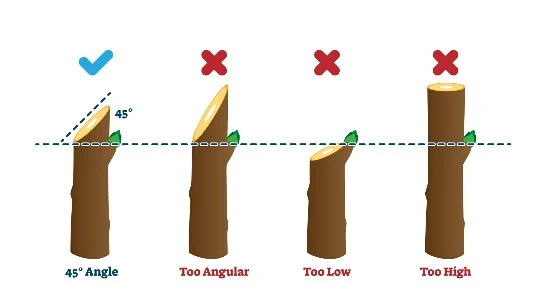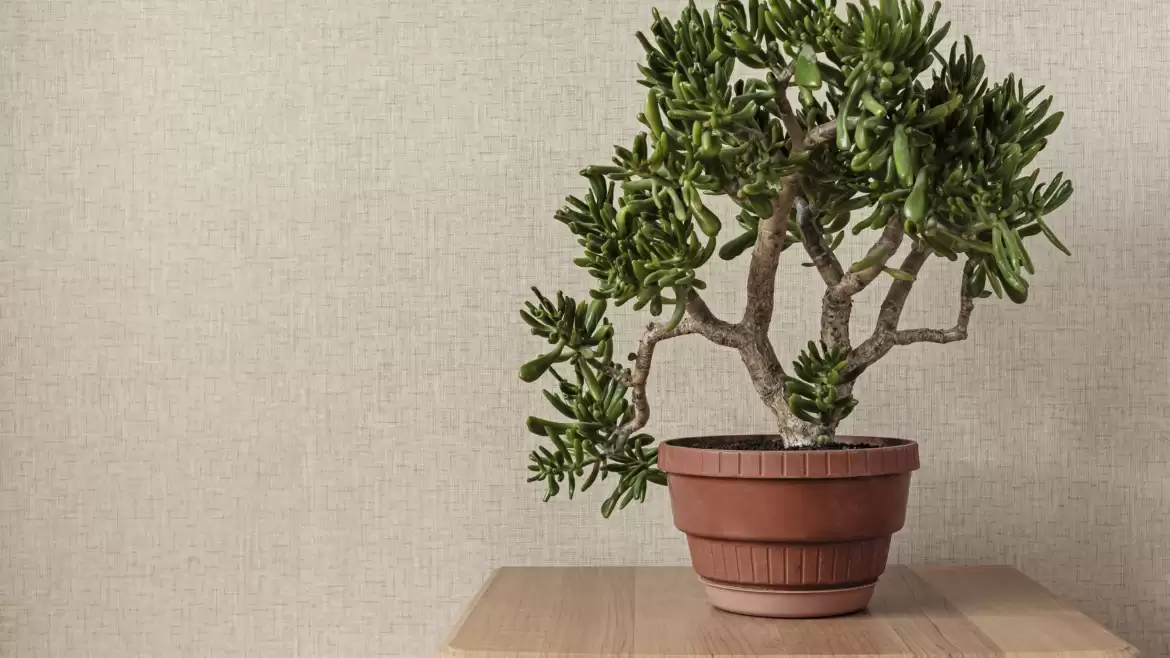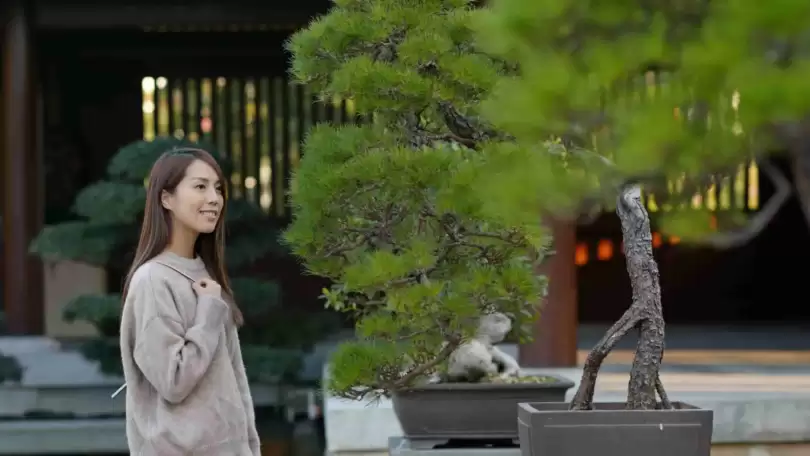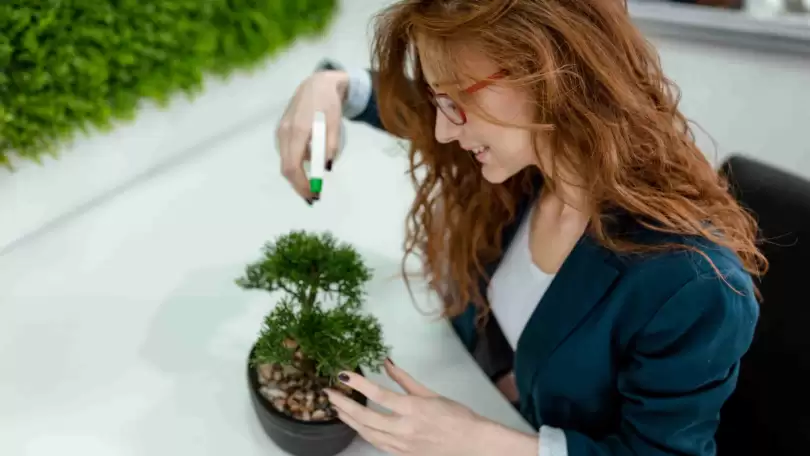Ultimate Guide to Pruning Bonsai for Bonsai Beginners

What is pruning bonsai?
Pruning Bonsai is an essential part of bonsai tree care, as they help shape and style the tree. Bonsai pruning tools are designed to cut through small branches and leaves without damaging the tree.
How To Trim Bonsai
There are two main types of pruning; structural pruning and maintenance pruning. Structural pruning is done when the tree is relatively young and is used to shape the overall form of the tree, allowing you to control the direction of new growth.
Structural pruning aims to achieve a natural look for your bonsai tree, as seen in nature.
Structural Pruning for Your Bonsai:
Begin by learning about basic bonsai styles – formal upright, informal upright, slant, cascading, multi-trunk, or windswept – and deciding which best fits your plant. Take care with this step and think about your overall vision because it will define the primary form of the trunk and major branches.
Remember that structural pruning takes time, often many years, so keeping an ultimate vision in mind will help keep you focused.
Follow These Steps in Early Spring:
Before starting:
- Make sure your tools are clean and sharp, as this will ensure a clean cut and reduce the chance of harming your tree.
- Place the tree so that it is at eye level and look at it from all sides.
- Choose the trunk front (the side of the trunk that will always be viewed).
- Remove all of the dead branches from the tree first.
- Examine your tree closely and determine which branches need to be cut to create the desired design.
Designing a tree is more of an artistic activity than one governed by ‘rules.’
YouTube Bonsai
Pruning Branches
Cutting bonsai branches is a reasonably straightforward process that requires slightly more care and attention than pruning a regular garden plant. Because bonsai trees are smaller in structure, healing tissues can form wound swelling and ugly scarring that would otherwise disappear on a garden shrub. Following these steps will eliminate this issue:
Is bonsai cut paste necessary? Always prune in late winter or early spring, when the tree is most active, and healing begins immediately.
- Cut the branch as close to the trunk as possible without damaging the bark on the trunk and using sharp concave cutters.
- Once the cut has been made, use a modeling knife with a curved blade to hollow out the wound, and work from the outside inwards. Once the edge of the wound is flush with the trunk, move on to the next step.
- Continue carving out the cavity until it is two to three annual rings deep. Carving ensures that during the healing process, the new tissue fills the cavity from the wound’s circumference and fills the wound, leaving it flush with the surrounding bark.
- After cutting, apply a little cut paste into the wound and spread it out with the firm pressure of your thumb. Pasting will seal the cut and allow the wound to heal, decreasing the chance of disease in that area.
Fundamental Principles for Branch Selection
• Remove every single branch from the bottom 1/3 of the tree.
• Remove any limbs that hide or obscure the trunk’s front.
• Do not allow two limbs to be the same height as in nature.
• Examine each limb and remove disproportionately thick ones from the top of the tree, keeping more expansive branches toward the bottom.
• Consider mature trees of the same species as your bonsai and imitate the spacing and quantity of main branches that occur naturally.
• Use a concave cutter to minimize the visibility of wounds and flaws caused by such drastic pruning.
• When pruning smaller branches, cut at a 45 ° angle, with the lowest point at the side opposite a bud on a branch (refer to illustration 2.0); this method encourages branching on deciduous trees. To achieve this on evergreens, remove young shoots to the point of another outward-facing branch.

Illustration 2.0, the correct way to angle cut Pruning large branches may leave unsightly scars, but as discussed above, using bonsai concave cutters can help to reduce scarring. Cut paste, available at most online Bonsai stores, helps protect the wounds and assists the tree in healing faster. Using the correct bonsai equipment will once again aid significantly.
After a tree has been styled, some people advocate cutting or eliminating an equal number of roots. A healthy tree can tolerate pruning up to a third of its foliage. However, most experts recommend performing one major maintenance at a time (or even once a year).
For example, if you structure-prune this spring, you should postpone any re- potting or root cutting until the following spring when the tree has recovered fully from the structure-pruning.
Maintenance pruning is done to older trees and is used to maintain the tree’s shape. The first step in maintenance pruning is to remove any dead or dying branches.
Maintenance pruning helps keep the tree healthy and free of disease. A concave cutter should remove dead branches close to the tree’s trunk. Also, remove any branches growing in the wrong direction or are too large for the pot.
Read Also About Bonsai Soil
Proper cutting bonsai techniques can be complex and take years to master. However, there are a few basic rules that all beginners should follow:
- Always use sharp tools when pruning your bonsai tree. This will help reduce the risk of injury to the tree.
- When pruning, try to mimic the shape of the tree’s natural growth pattern.
- On smaller branches, always make clean cuts just above a node (the point on a branch where a leaf or bud grows.) Take care not to damage the bark when pruning.
- Avoid pruning too much at one time. Prune a little bit every few weeks instead of trying to do it all at once.
Don’t be afraid to experiment. Pruning is an art, and there is no one right way to do it.
How often should I trim my bonsai tree?
That depends on the type of tree, its age, and how vigorously it grows. Generally, most trees should be trimmed once or twice a year. However, more mature trees may only need to be pruned yearly. Young trees may need to be trimmed up to four times a year.




1 Comment